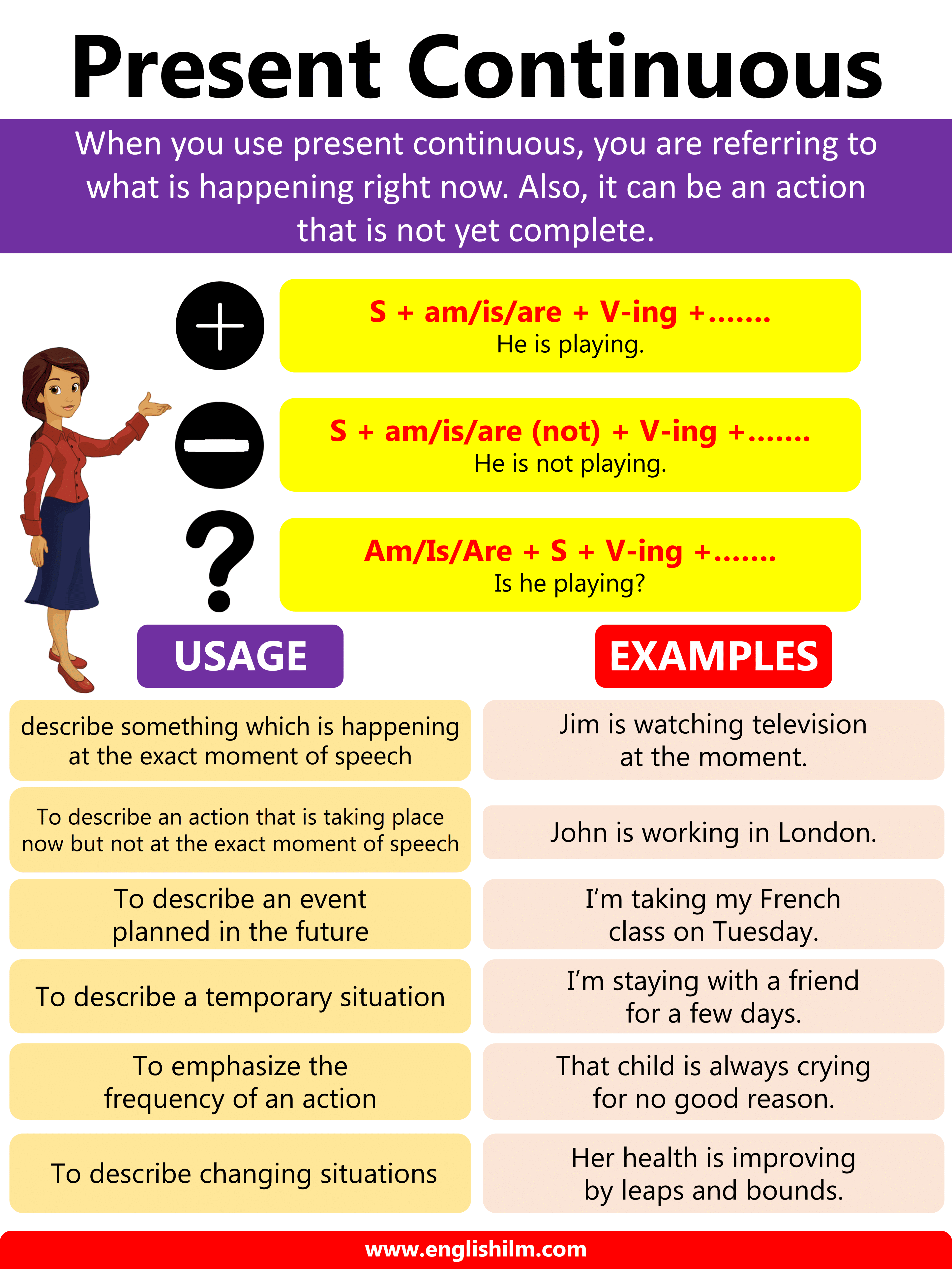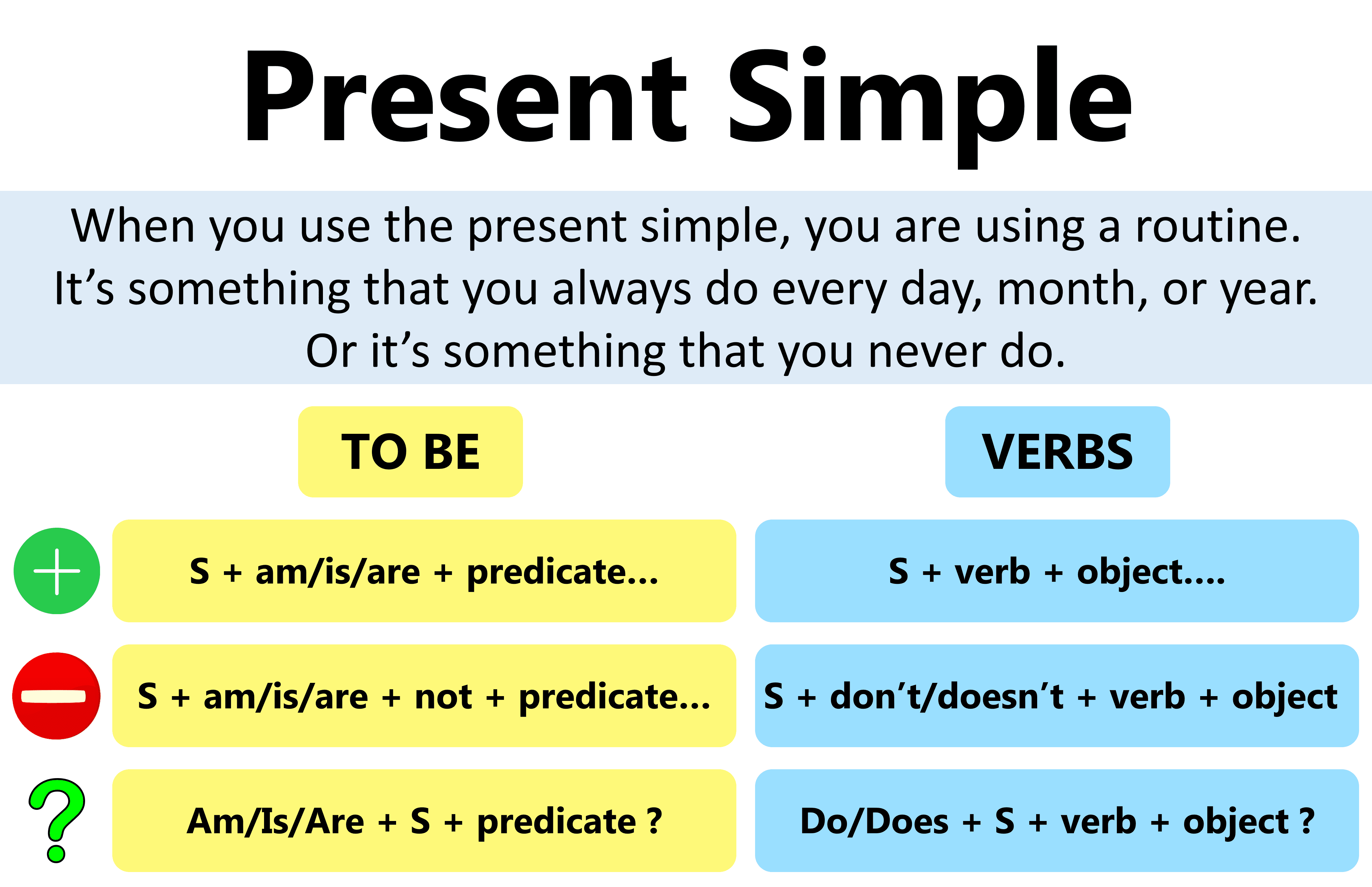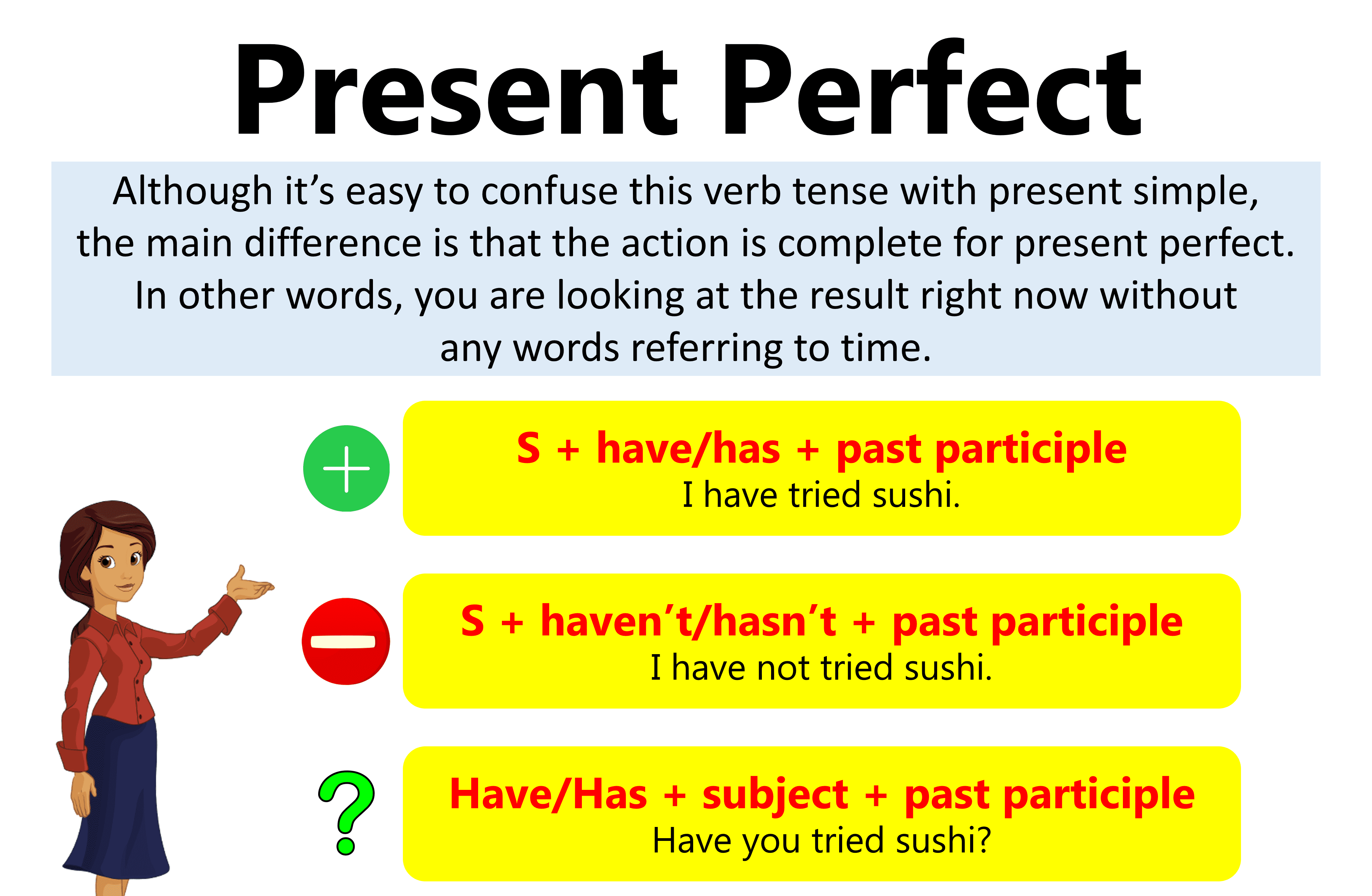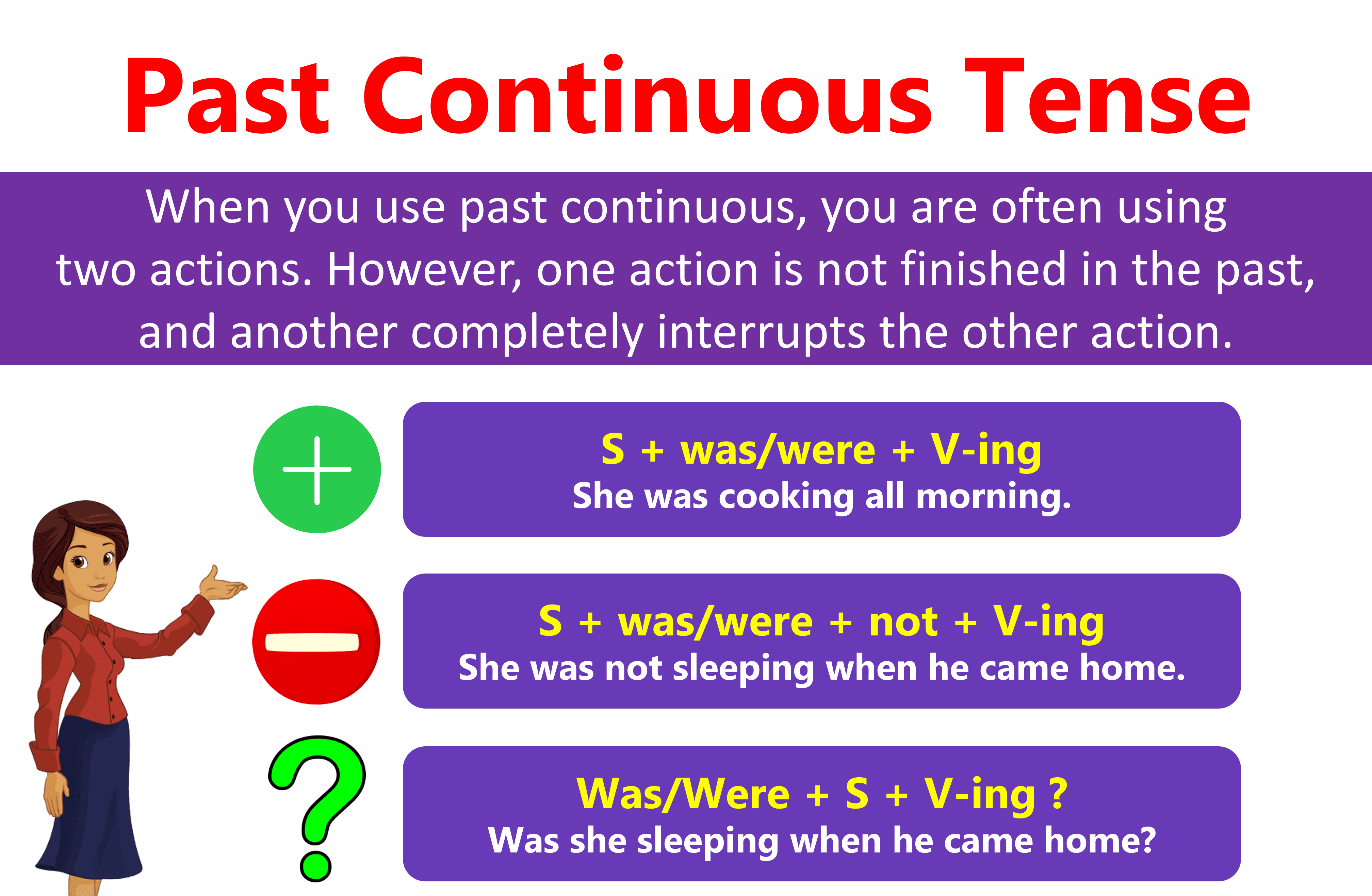In this blog post, you’ll learn the present continuous tense in English with its rules and example sentences. This lesson is designed to provide a clear understanding of how to form and use the present continuous tense. By mastering its structure and usage, you can improve your English grammar skills and communicate more effectively.
What is the Present Continuous Tense?
You use the current situation when you use the present continuous tense. It may also refer to an ongoing process.
Usage of Present Continuous Tense
The present continuous tense is typically used for the following four general cases:
- To give a description of what’s happening right now
- To talk about a temporary event that will continue into the future but finish at a specific time
- To list future plans
- To describe a new routine or attitude
The present participle and a form of the verb are to be combined to generate this tense of the verb (the verb form ending in -ing). Using dynamic verbs that describe:
- An activity (e.g. learn, listen, read)
- A process (e.g. change, grow, shrink)
- A bodily sensation (e.g. ache, feel, hurt)
- A transitional event (e.g. arrive, leave)
- A momentary occurrence (e.g. hit, jump, kick).
The alternative verb type, known as stative, is rarely employed with present continuous verb forms since it describes completed activities that do not continue into the future at all (e.g. astonish, see, smell).
Present Continuous Tense Structure
The present continuous tense is used to describe actions that are happening right now or around the current time. It is formed with am/is/are + verb (-ing).
Structure for Simple Sentences:
- Subject + am/is/are + verb (-ing) + object
Examples:
- She is writing a letter to her friend.
- They are playing football in the park.
- I am reading an interesting book now.
Structure for Negative Sentences:
- Subject + am/is/are + not + verb (-ing) + object
Examples:
- She is not studying for the test today.
- We are not going to the movie tonight.
- I am not working on the project now.
Structure for Question Sentences:
- Am/Is/Are + subject + verb (-ing) + object?
Examples:
- Are they watching TV right now?
- Is she eating lunch at school today?
- Am I doing this assignment correctly?
Examples of the Present Continuous Tense
- He is not going to school since last week.
- The action is happening now.
- She is going to play cricket.
- She isn’t going to bake cakes.
- Am I performing well?
- You are going to touch the sky.
- He is not going to drive.
- Is he belongs to a pure family?
- He is eating apples.
- He is a good driver, but now he can’t drive, because he is going to eat lunch.
- He is talking.
- You are playing.
- He is eating.
- She is living with an innocent family.
- We are staying in the hotel.
- They are sleeping.
- Be quiet, the children are sleeping.
- She is going to visit a new school for her admission.
- What are you doing next Monday?
- Are you listening?
- What I am doing here?
- Are they joining your marriage ceremony?
- I am not doing that.
- They are not coming to my marriage ceremony.
- At nine o’clock, we are going to eat lunch.
- Your English is improving.
How to Use the Present Continuous
The present progressive tense is used:
1. To describe something that is happening at the exact moment of speech:
Examples:
- Henry is watching you at the moment.
- I am typing on my keyboard right now.
- She is talking on the phone with her friend.
- They are cooking dinner in the kitchen.
- He is watching a movie on his laptop.
- We are sitting in the living room and chatting.
2. To describe an action that is taking place now but not at the exact moment of speech:
Examples:
- Kiara is working in Dubai.
- She is studying for her exams this week.
- They are renovating their house this month.
- He is planning a trip to Europe next summer.
- We are learning Spanish at our local community center.
- The company is launching a new product next quarter.
3. To describe an event planned in the future:
Examples:
- I’m taking my English class on Monday.
- They are meeting at the cafe tomorrow for lunch.
- We are attending a concert next weekend.
- She is flying to Paris next month for a business conference.
- He is running a marathon in two weeks.
- The company is hosting a charity event next Friday.
4. To describe a temporary situation:
Examples:
- I’m staying with my family for a few days.
- She is staying with her parents while her apartment is being renovated.
- They are working from home this week due to the office closure.
- He is borrowing his friend’s car while his own is being repaired.
- We are using a temporary workspace while our office undergoes renovations.
- The students are studying in the library until their usual study space is available again.
5. To emphasize the frequency of an action:
Examples:
- That child is always crying for no good reason.
- She is constantly checking her phone for updates.
- They are always arguing about trivial matters.
- He is regularly attending yoga classes to improve his flexibility.
- We are frequently meeting for coffee to catch up.
- The children are constantly interrupting each other while playing.
6. To describe changing situations:
Examples:
- Her health is improving by leaps and bounds.
- The weather is getting warmer as spring approaches.
- Prices are increasing due to the high demand for the product.
- The company’s profits are declining despite efforts to boost sales.
- Relations between the two countries are improving after years of tension.
- Traffic is worsening as more people move to the city.
Present Continuous Tense Chart

Read More






